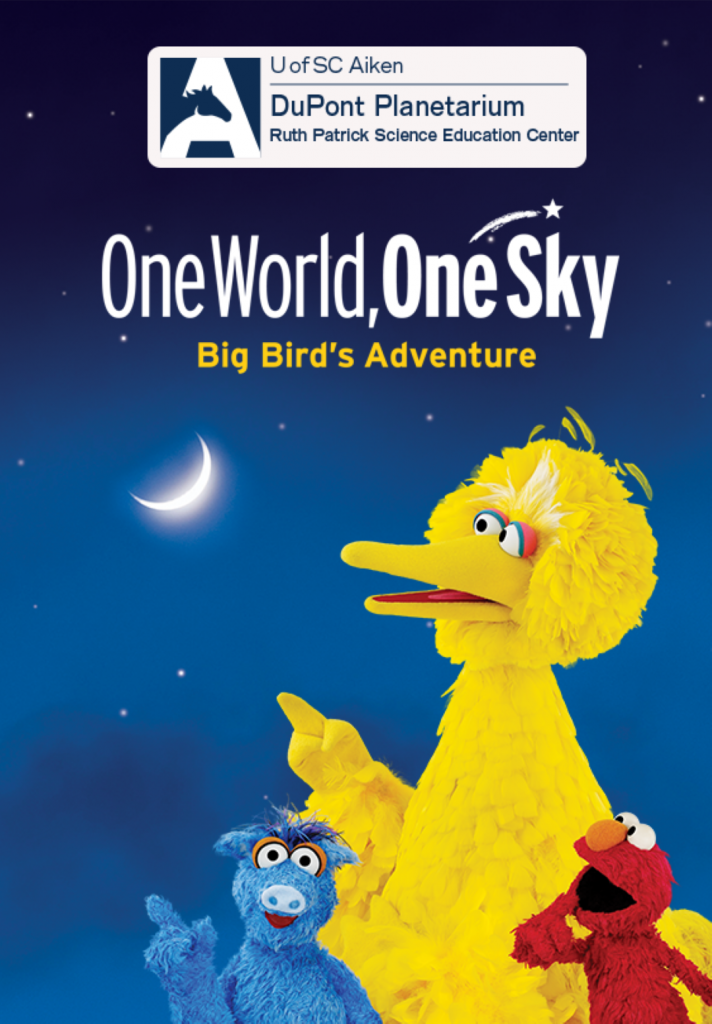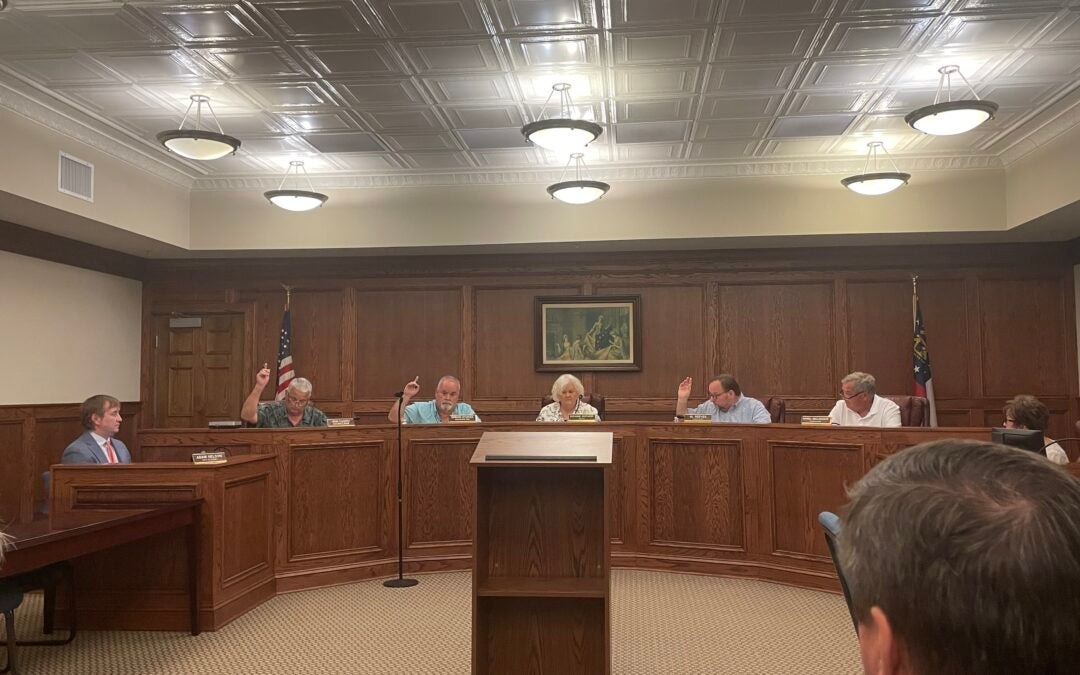For more than 25 years, the DuPont Planetarium on the campus of the University of South Carolina Aiken has taken its visitors on the exploration of the night sky through its various programs.
“Our older programs were created and developed at the center,” said John Hutchens, director of special programs at the Ruth Patrick Science Education Center at USCA.
Older programs consisted of slide shows projected on the planetarium’s dome. The projector was in the center of the room. Over time, the projection systems have been upgraded, and now the shows are delivered through the Digistar 6 system.
MORE: Van Lenten Uses Science to Teach Vocal Care to Children
Some of the older shows have been adapted for the new system, while others have been obtained through companies specializing in planetarium programs, Hutchens said.
The new projector isn’t in the center of the room, allowing for additional seats to be placed in the planetarium.
Through the digital system, the star patterns in the night skies from centuries ago can be pulled up and viewed, he said.
Most of the programming is held on Saturday nights but during June and July, the planetarium will add shows on select Fridays.
[adrotate banner=”22″]
“A lot of people in this area are off on Fridays because they work at the (Savannah River) site,” he said.
The DuPont summer skies program will be at 10 a.m. and 11 a.m. June 4, 11 and 18 and July 9, 16, 23 and 30.
Some programs target a specific age group such as “Big Bird’s Adventure: One World, One Sky.” For ages 4 to 10, it follows Big Bird and Elmo from “Sesame Street” as they explore the night sky, according to the planetarium’s website. They take an imaginary trip from Sesame Street to the moon.

Other shows are for all ages, and one isn’t even about astronomy, Hutchens said.
“’Grossology’ is about the body systems and has to do with anatomy,” he said.
It explores the immune system, the respiratory system and the digestive system.
Regular Saturday programs are held during the evenings. After the shows, people can view the night sky at the observatory, which houses the Bechtel Telescope. The telescope’s main mirror is 16-inches in diameter. It’s not the original telescope; that one was struck by lightning in 2009 and had to be replaced. The observatory has a rotating domed roof.
Hutchens said people often confuse the observatory and planetarium. They are two separate places. The observatory is on the roof of the science center building.
[adrotate banner=”19″]
The planetarium seats 57. While not required, reservations are recommended.
Three shows will be presented May 29. They include “Magic Tree House: Space Mission” at 7 p.m. With a recommended audience of children 4-10 years old, the program features a brother and sister who visit their magic tree house and discover a note asking them to answer six questions about space.
At 8 p.m. May 29, is “Magic Wonders,” exploring the “social forces and technologies leading to the creation of these incredible antiquities and glimpse other sensational spectacles of the universe. This show won four Telly Awards and is narrated by Sean Bean of The Lord of the Rings,’” the website said.
MORE: Science Center Features Family Earth and Sky Night
May 29’s programs round off at 9 p.m. with “To The Moon and Beyond,” highlighting the Apollo astronauts.
Admission is $6.50 for adults; $5.50 for senior citizens: $4.50 students in 4K through 12th grade and $2 for USCA students, faculty and staff.
For more information, visit https://www.usca.edu/rpsec/departments/planetarium.
Charmain Z. Brackett is the Features Editor for The Augusta Press. Reach her at charmain@theaugustapress.com.
[adrotate banner=”37″]












